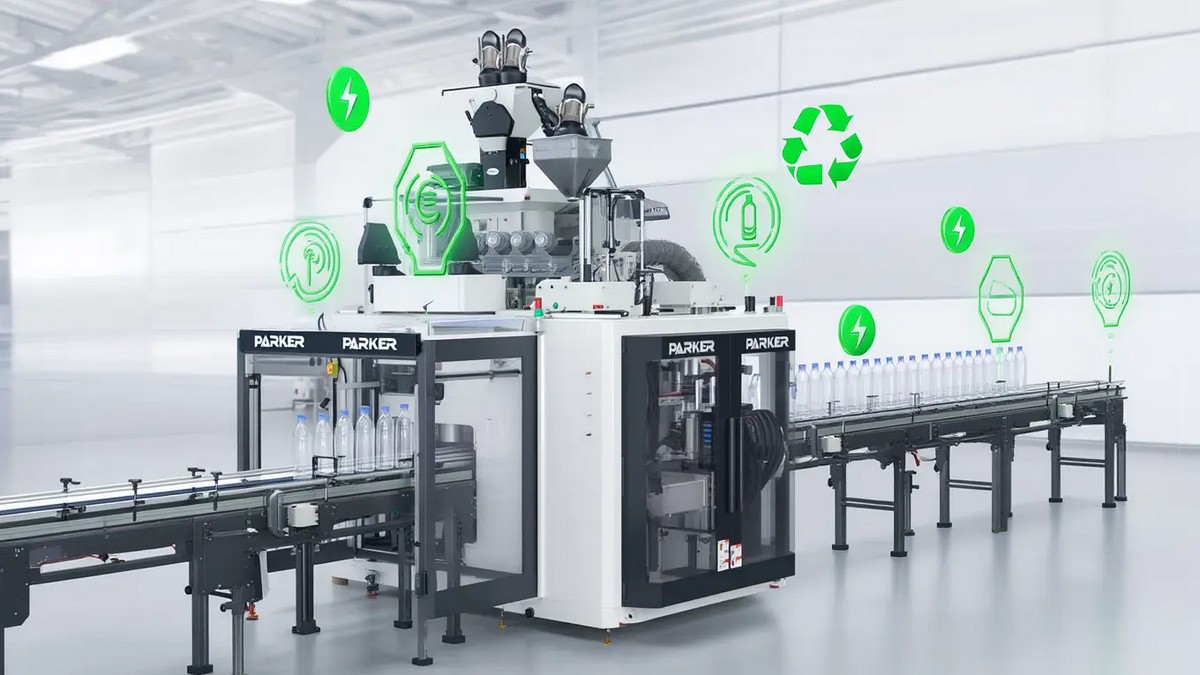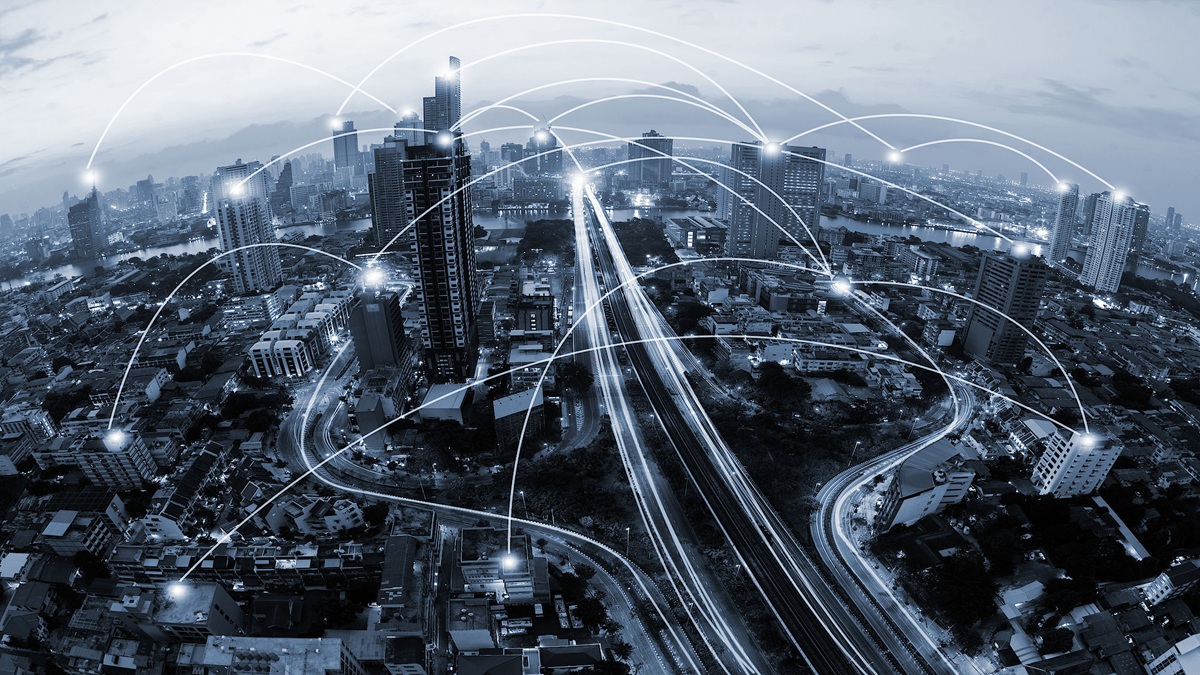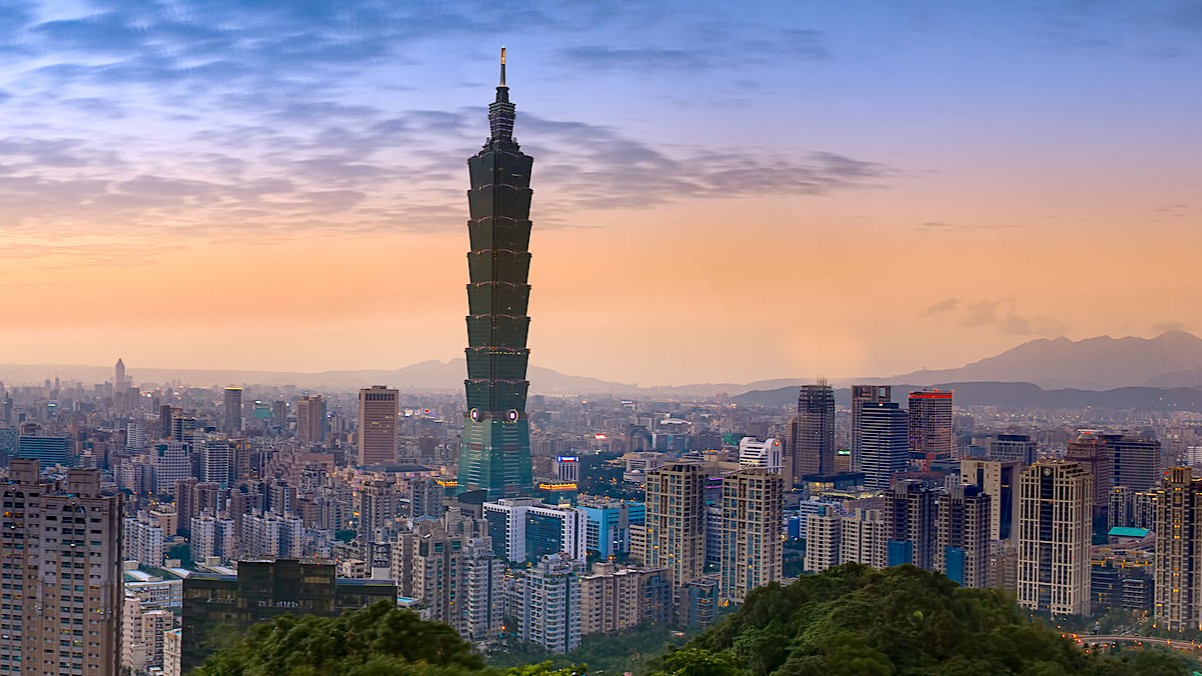The demand for renewable energy is increasing day by day. Faced with the instability of wind energy and solar energy, energy digitization can increase the productivity and availability of green electricity, such as using algorithms and blockchain technology to reduce consumption and improve flexibility.
The problem of global warming is becoming more and more serious. From the 1997 Kyoto Protocol to the 2015 Paris Climate Agreement, the international community has reached a number of consensus on energy conservation and emission reduction, and mitigation of irreversible disasters caused by climate change. In several reports of the latest United Nations Intergovernmental Panel on Climate Change (IPCC), the visible impacts of climate change are clearly given, including "widespread negative shocks and related losses and damages to nature and humans". At the same time, at the COP26 summit held at the end of 2021, countries have also emphasized the urgency of promoting renewable energy, green transportation and building construction, in order to reduce the damage caused by climate change for millions of people.
On the other hand, with the development of science and technology and the popularization of the Internet, "digital transformation" and "digital revolution" have become issues that governments, enterprises, and even the people must face together, that is, how to use technology to bring empowerment to sustainability, and creating influential business models while solving environmental problems is an extremely important development trend of this generation.
Therefore, combining climate action with digital tools may provide an effective solution. According to the estimates of the United Nations Framework Convention on Climate Change (UNFCCC), if the industry can properly introduce digital technology, it will not only assist the company's net zero strategy, but will effectively reduce carbon emissions from operations and supply chains by up to 20%, and can also be used in terms of large-scale green power and renewable energy basic projects, it will play a role in reducing costs and increasing efficiency.
Why Digitizes Energy?
From the perspective of supply, the demand for renewable energy in the world's major markets is increasing day by day. Organizations are also constantly working on solutions.
From the perspective of demand, the daily life of human beings covers all aspects of food, clothing, housing, transportation, recreation and entertainment, and all rely on energy-driven economic activities. Based on the rise of policy norms and sustainable awareness, enterprises and the public are also facing a paradigm shift in terms of energy. At the same time increase the use of renewable energy.
Network technology and digital technology are also changing the global energy system. Digitalization has promoted the advantages of a new generation of "regional micro-grids" and "distributed energy system architecture". Technology can be used to manage energy in different areas, breaking the relatively inelastic division of traditional electricity between supply and demand. Among them, if the cloud and AI technologies are properly introduced, we can further combine "electricity" + "computing power" to coordinate the mutual matching of renewable energy and traditional power grids, achieve better scheduling and promote energy transformation. For example, technologies such as calculating the peak of solar power supply and pushing up the workload during this period, in the long run, can assist the development path of the country and enterprises with net zero carbon emissions.
From a fundamental point of view, the combination of energy and network technology is a new business model that breaks the past one-way transmission mode and connects scattered points in series, that is, it is related to energy production, transmission, distribution, storage, consumption and energy-related financial markets, a new system of deep integration.
In the early stage, the priority will be to increase the use of renewable energy, and interact with the consumer side through the coordinated supply of solar energy, hydropower and other energy sources. Because it is small-scale, and it is data-oriented and precise, it will allow the public's needs to be more widely addressed participate in the use of energy. From an economic point of view, it is to seek Pareto efficiency among the various participants, an ideal state of resource allocation, which will not improve the situation of others without harming anyone, and promote the overall energy. The system is of higher quality, more efficient, fairer, more sustainable, and safer to operate and use.
What Can Digitalization of Energy Do?
- Miniature grid reduces losses:
When more and more proportions come from renewable energy, the establishment of distributed power stations and micro-grids based on communities or small-scale fields not only outperform traditional power grids in terms of efficiency and stability, but also match supply and demand. It can highlight the advantages of distributed architecture, and also has the opportunity to increase the productivity and availability of green power.
If energy is like the Internet platform, properly manage and reserve energy when it is off-peak, and during peak power consumption, centralized scheduling only needs to schedule changes. Through instant feedback on the demand side and collaboration between the source and the network, it can also be done in the process. Use new and renewable energy as much as possible to avoid many losses in the transmission process.
- Algorithms predict weather and power supply:
At the same time, by combining the computing power of multiple databases (such as meteorological data) to predict, the inconvenience of unstable power generation caused by the fluctuation of renewable energy due to unstable weather can be alleviated. In an ideal state, if multiple microgrids/power stations are connected in series, consumers can even purchase solar and wind power in any place according to their living habits. Through distributed technology, peer-to-peer matching of supply and demand, and be flexible and customized pricing.
In order to achieve low carbon living, net zero goals, energy is absolutely the top priority. If energy is the necessary "fuel" to promote economic activities, then the essence of digitization is to find a new business model transformation and cooperate with the upgrading of the energy industry (cheaper and more stable green energy). Including Amazon IoT TwinMaker launched by Amazon, Microsoft's enterprise sustainable cloud, Baidu's smart cloud, etc., all have attempts to compete for this business opportunity while taking into account environmental sustainability.
- Decentralized applications improve resilience:
Due to the different relationship between regionality and natural conditions, each place (community, factory) will also have different energy needs, and customized solutions are required.
Therefore, the focus of development is the decentralized application of new technologies such as blockchain, as well as small-scale, low-cost demand-oriented energy infrastructure such as distributed power stations and community micro-grids. Especially in developing regions, as small as a community or an entire industrial park, as large as a city, a province or the whole country, the above technology applications can be used to realize centralized and distributed collaborative operations, stabilize loads, and reduce the regulation pressure on the power grid.
- Reduce costs and bring carbon rights dividends:
In addition to production capacity, the user end can also benefit from digitization during the use phase. According to the data provided by Schneider Electric, through its intelligent power distribution solutions and the support of digitalization, customers in different industries can achieve up to 85% energy saving benefits, save more than 30% of operating costs, and promote productivity improvements.
In addition, according to practical experience, digitalization can also help production equipment, improve operational efficiency by up to 50% and reduce risks (fire, overheating, etc.) The stricter ESG-related norms. In addition, in addition to carbon reduction, it may also generate carbon credit bonuses. The "emission reduction performance" obtained through energy conservation or the use of green energy, under appropriate conditions, can also be certified by a compliant third party. It can be further converted into income in the international carbon trading market, so that there is a reasonable link between environmental sustainability and corporate profitability.
As for other additional benefits, such as enhancing the participation of stakeholders, increasing biodiversity, and gaining the favor of green finance and impact investment institutions, etc.
To sum up, in the foreseeable future, not only the energy industry, but all industries that use energy will undergo digital transformation. Energy has changed from a producer to a producer and seller; the energy production model has also changed from one-way flow production (power generation-distribution-transmission-power consumption) in the past to two-way, multi-source, instant interaction, demand-oriented, decentralized, and collaborative in the future. The basic energy Internet ecology, that is, the full integration of "electricity" + "computing power", increases the proportion of green energy and renewable energy used in the entire industry year by year, and achieves net zero sustainability through digital technology.









.jpg)
.jpg)
.jpg)


.jpg)